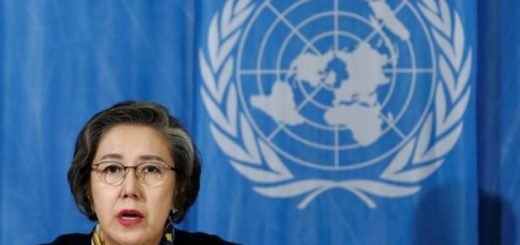Nuclear non-proliferation treaty marks first anniversary, but still lacks sufficient numbers to become law

Image: IAEA
On Saturday, UN Secretary-General António Guterres welcomed the first anniversary of the adoption of the Treaty on the Prohibition of Nuclear Weapons, previously calling it an “essential pillar” of international peace and security, and the “heart” of the nuclear disarmament and non-proliferation regime.
“The treaty’s adoption on 7 July 2017 by 122 States demonstrated the strong and legitimate international support that exists for a permanent end to the threat posed by nuclear arms,” said Deputy Spokesperson Farhan Haq in a statement on behalf of the UN chief.
The objective of the landmark international treaty is to prevent the spread of nuclear weapons and weapons technology, to promote cooperation in the peaceful uses of nuclear energy and to further the goal of achieving nuclear disarmament and general and complete disarmament.
It represents the only binding disarmament commitment in a multilateral treaty by the nuclear-weapon States.

The IAEA verifies that nuclear materials at the Dukovany Nuclear Power Plant in the Czech Republic are used solely for peaceful purposes | Image: Wikimedia Commons
Mr Haq noted that to date, it has 59 signatures and 11 ratifications. Once 50 States have ratified the treaty, it will enter into force, “becoming an important element of the nuclear disarmament and non-proliferation regime.”
“The United Nations remains committed to the total elimination of nuclear weapons as its highest disarmament priority,” the statement concluded.
However, India has ruled out the possibility of joining the Non-Proliferation Treaty (NPT) as a non-nuclear weapon state but said it remains “committed” to a unilateral voluntary moratorium on nuclear explosive testing.
“The question of India joining the NPT as NNWS (non-nuclear weapon states) does not arise,” Permanent Representative of India to the Conference on Disarmament Amandeep Singh Gill told the U.N. General Assembly on October 12 2017.
Source: IAEA, UN Shraddha The Kootneeti UN Affairs Team



















